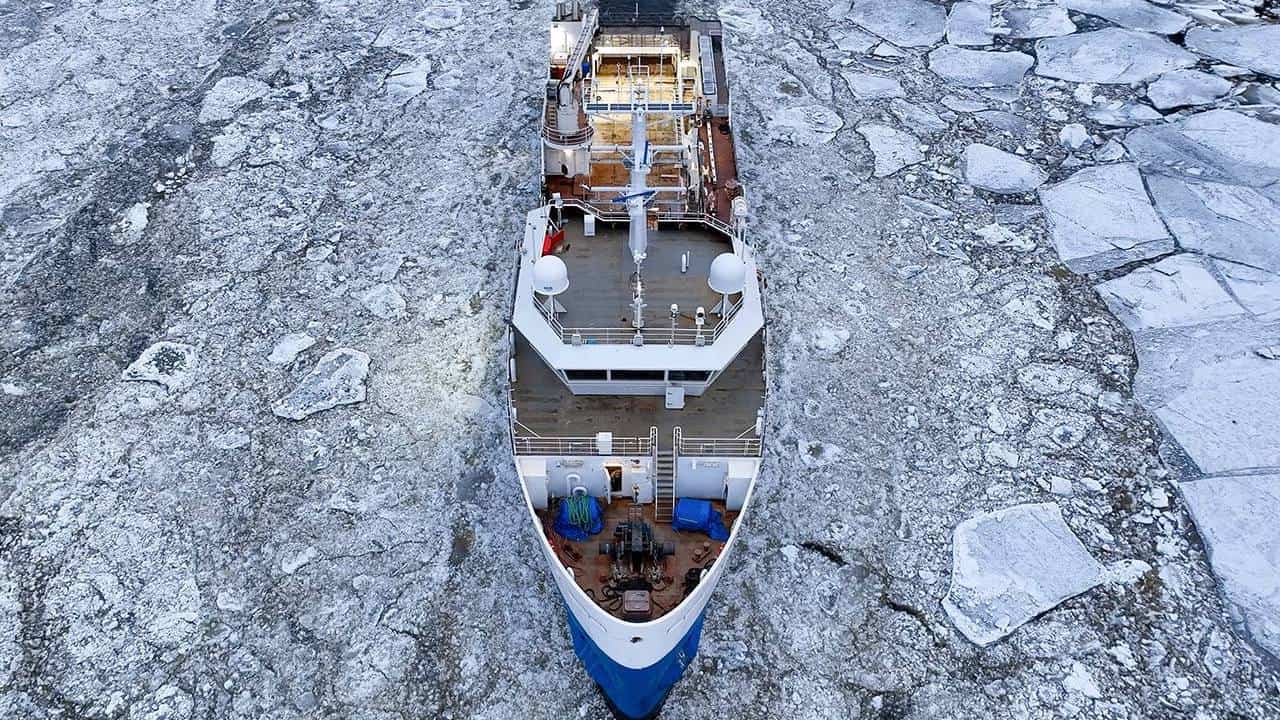The first of a series of new vessels designed to replace the ageing Russian Crab fleet has been delivered by the Onega Shipbuilding and Ship Repair Plant, following sea trials carried out in the Gulf of Finland.
The 57.70 metre, 12.60 metre breadth Kapitan Alexandrov has significantly more deck space than the older generation of crabbing vessels, the majority of which have been converted from other roles.
Built to operate in the Bering Sea and the Sea of Okhotsk, Kapitan Alexandrov has a long delivery trip ahead of it to its home port of Vladivostok, and is expected to take the northern sea route to the Far East.
This new class of crabbers for Russian Crab are built to Ice Class and have a two-level storage capacity for live crab held in refrigerated sea water.
Carrying capacity is put at 110 tonnes of crab in 440 cubic metres of tank space. The technology on board includes systems for monitoring and maintaining the temperature of water, air in tanks and holds, oxygen content in water and ammonia detection, as well as a telemetry system that enables the RSW system data to be transmitted as to the bridge and to the company’s offices – which are innovative advances for the Russian fishing industry.
Kapitan Alexandrov has a 1620kW main engine and a 400kW thruster. Accommodation is for a crew of up to 24 and the vessel designed for an operational autonomy of 40 days.
One of the largest crab fishing companies in the country, Russian Crab has harvest rights to approximately 12,000 tonnes of crab in the North Pacific region.
The company embarked in 202 on an ambitious programme of fleet renewal, under the Russian state investment quotas initiative, placing orders for seven new viver crabbers and three new processor vessels.





